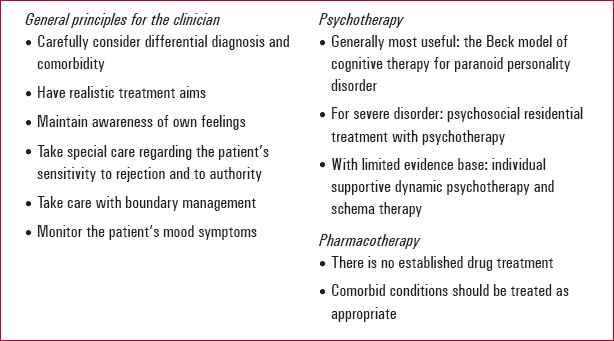

An uncommon condition in which people avoid social activities and consistently shy away from interaction with others. Little interest in others, often seen as a loner. Withdrawn from relationships and prefer to be alone. Neither desire nor need human attachments.

Generally difficult to work with and are very hard to form relationships with.Īpathetic, indifferent, remote, solitary, distant, humorless, contempt, and odd fantasies. Always seeking confirmatory evidence of hidden schemes. Hypervigilant to the motives of others to undermine or do harm. Guarded, defensive, distrustful, and suspicious. This behavior often leads to problems with relationships, both personal and in the workplace. Individuals with paranoid personality disorder also may be very critical of others, argumentative, and rigid in beliefs, again stemming from harboring unwarranted suspicions about people around them. The hallmark criteria regarding paranoid personality disorder (PPD) are distrust and suspicion of others such that others are seen as purposefully attempting to harm one in some way without any evidence to suggest this is the case.

Although noted in the writings of psychiatrists since the late 1800s, the condition was first called paranoid personality by Kraepelin in 1921 (Akhtar, 1990). Paranoid personality disorder (PPD) is a Cluster A personality disorder. Paranoid personality disorder is a clinically well-recognized disorder that has not been the object of a great deal of investigation.


 0 kommentar(er)
0 kommentar(er)
